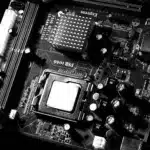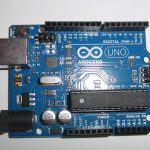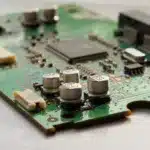
Blockchain technology
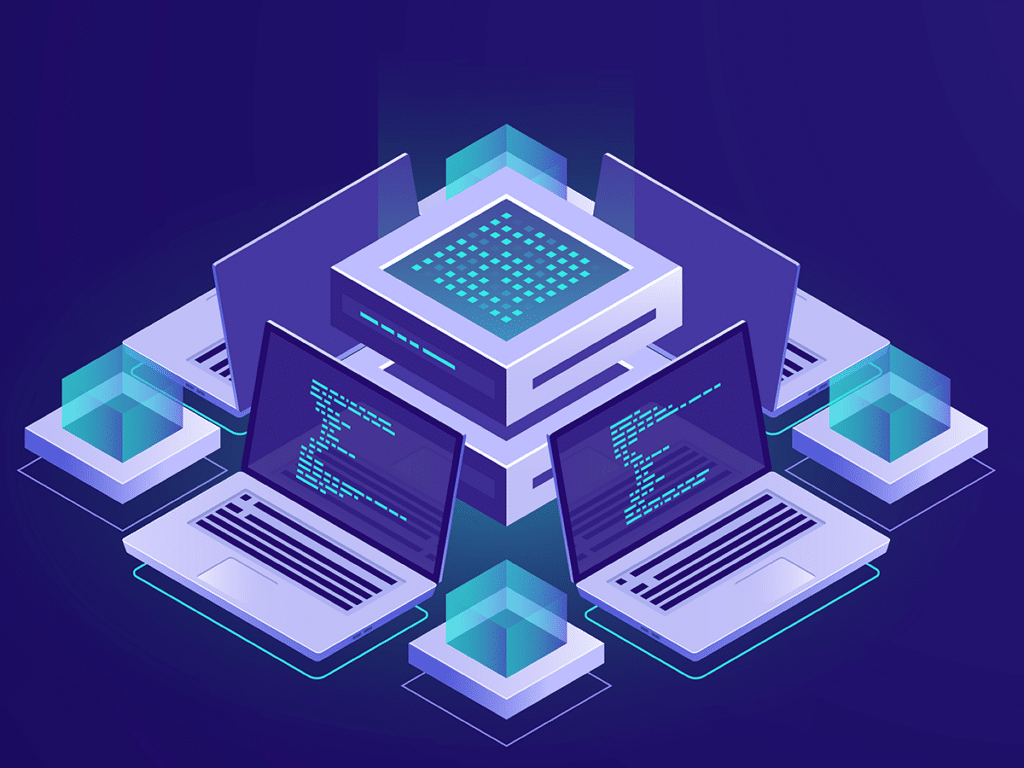
Blockchain technology is barely three decades old, but it has completely changed global money transfer as we know it. It was first conceived in 1991 by a group of researchers who originally intended it to be used to timestamp digital documents to make it impossible to tamper with them. This concept was first put into actual use in 2009 by Satoshi Takemoto to create Bitcoin. Bitcoin has since spurred the adoption of blockchain for cryptocurrency, medical records, and land records among others.
What is blockchain?

A blockchain is a network of computers that share a digital ledger that is duplicated and distributed across all participants in the network (nodes). That is to say that each node on the network has a duplicate copy of the ledger. The digital ledger keeps a chain of transactions since the creation of the network. The chain of transactions keeps growing as new blocks of transactions are approved and then added along. Before a new block is added to the chain, each node has to work together with the others to validate the new block. Once 51% of the nodes on the network have approved the block, it is then added to the chain.
Blockchain is anchored on the decentralization of data. This makes the ledger immutable and unalterable. Centralized attacks on the ledgers are almost impossible to pull. A good application of this is in Bitcoin. Bitcoin has approximately 10,000 nodes that are currently active around the globe. Therefore, to alter even the slightest of information on the blockchain you have to do that alter it on more than 5000 computers at once. This is a monumental task and would require a supercomputer. It is also unprofitable.
How does It works?

Key Elements
To understand how blockchain works, we need to understand its architecture. A blockchain is made up of:
Nodes
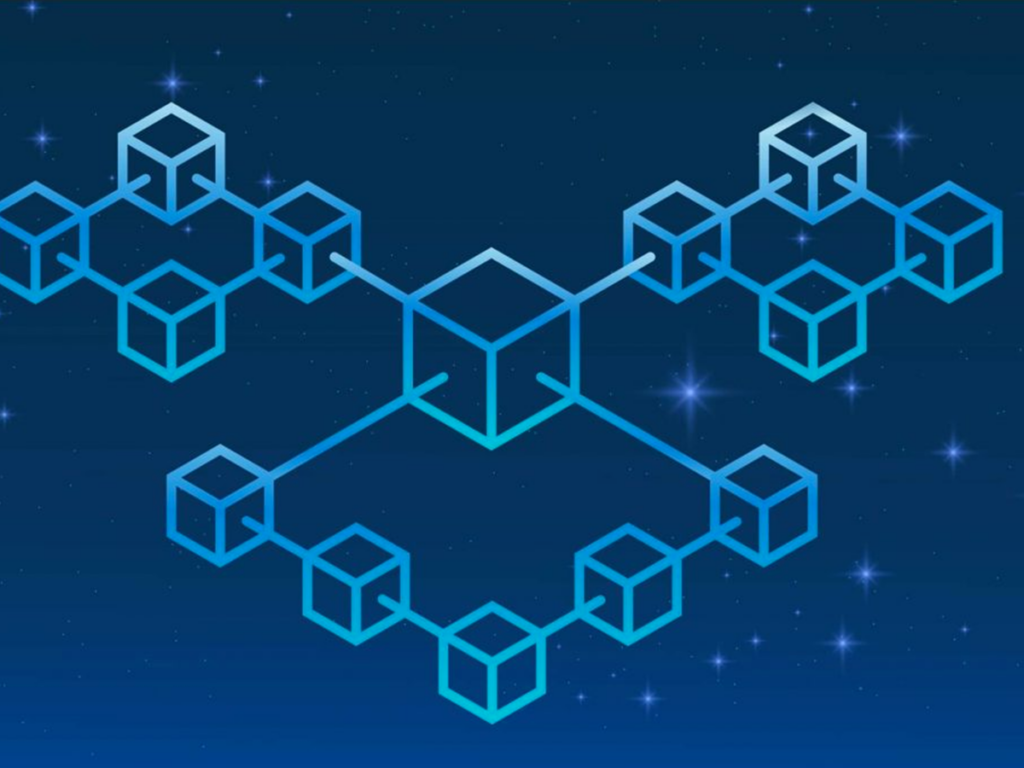
Node is a network of computers that run a blockchain. They constantly exchange information on new transactions or blocks. There are two kinds of nodes, a full node, and a light node. A full node maintains a copy of the chain. A light node on the other hand has to connect to a full node before it can interact with the blockchain. In the case of cryptocurrencies, a wallet on the phone or computer is an example of a light node.
Miners
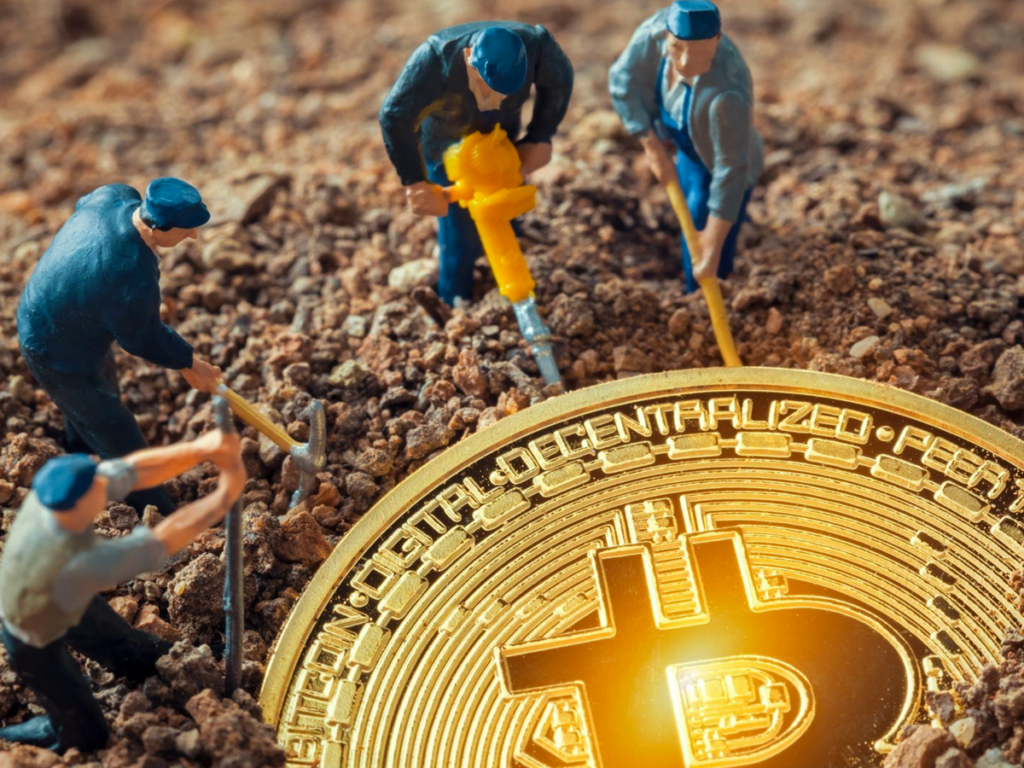
Miners are nodes that support the network by forwarding information and maintaining a copy of the blockchain just like the others. However, they have an additional task which is to create new blocks. Miners ensure that each new block is understood as of collective decisions. It takes some time for nodes to agree on the order of transactions. For Bitcoin, this period is 10 minutes. Miners are required to solve a cryptographic puzzle to validate a transaction. The computer that solves this first gets to add the new block to the chain. Once the miner has come up with the solution, all the other nodes verify if it’s correct or not. If it is correct, the miner then adds the block to the chain. This is called proof of work. The miners receive a reward for their effort, for bitcoins, the miner receives 6.5 BTC.
""You May interested to read How to secure your blockchain""
In a nutshell
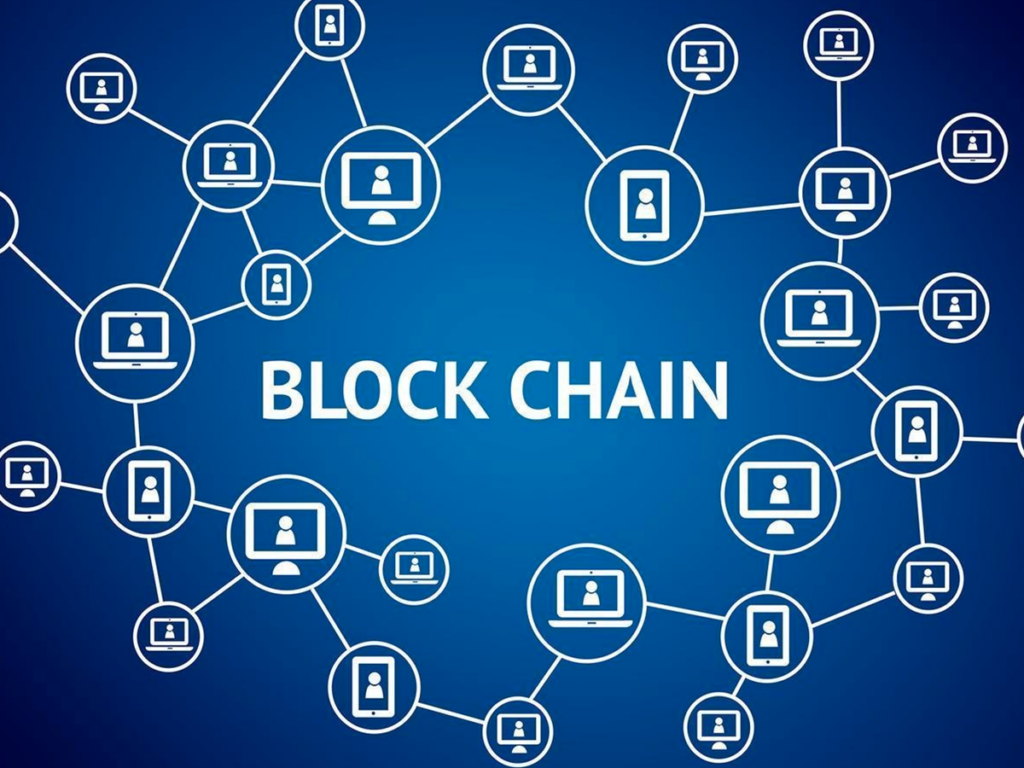
A blockchain is a network of computers that share a digital ledger. To alter this ledger (through transactions or otherwise), a miner needs to validate a block by solving a cryptographic puzzle. This proves is called proof-of-work. When a miner solves it, the answer is passed on to other nodes for verification. If correct, the miner gets to add the new block to the chain. The miner is then rewarded for the computing effort and the cycle goes on and on.










